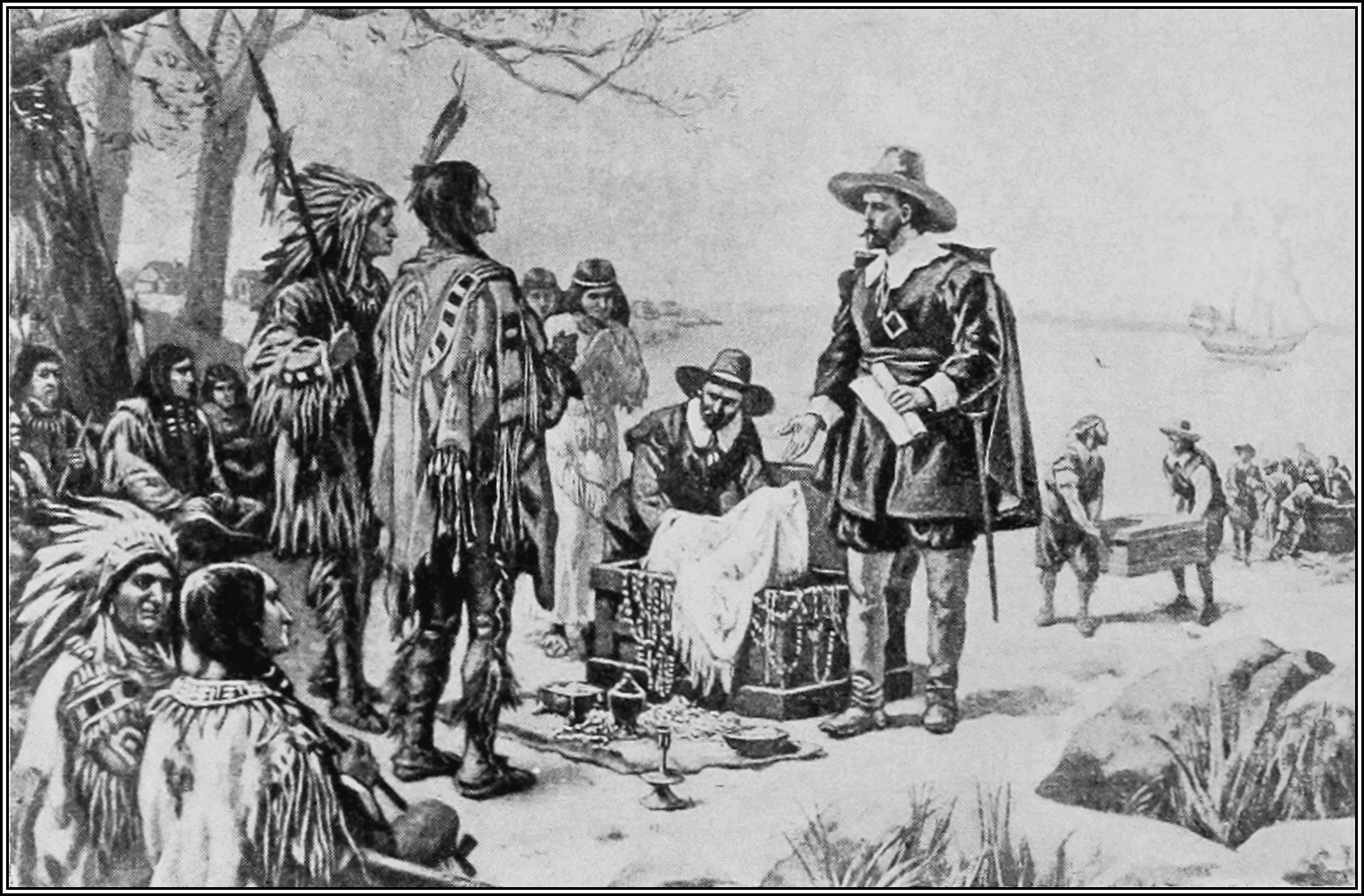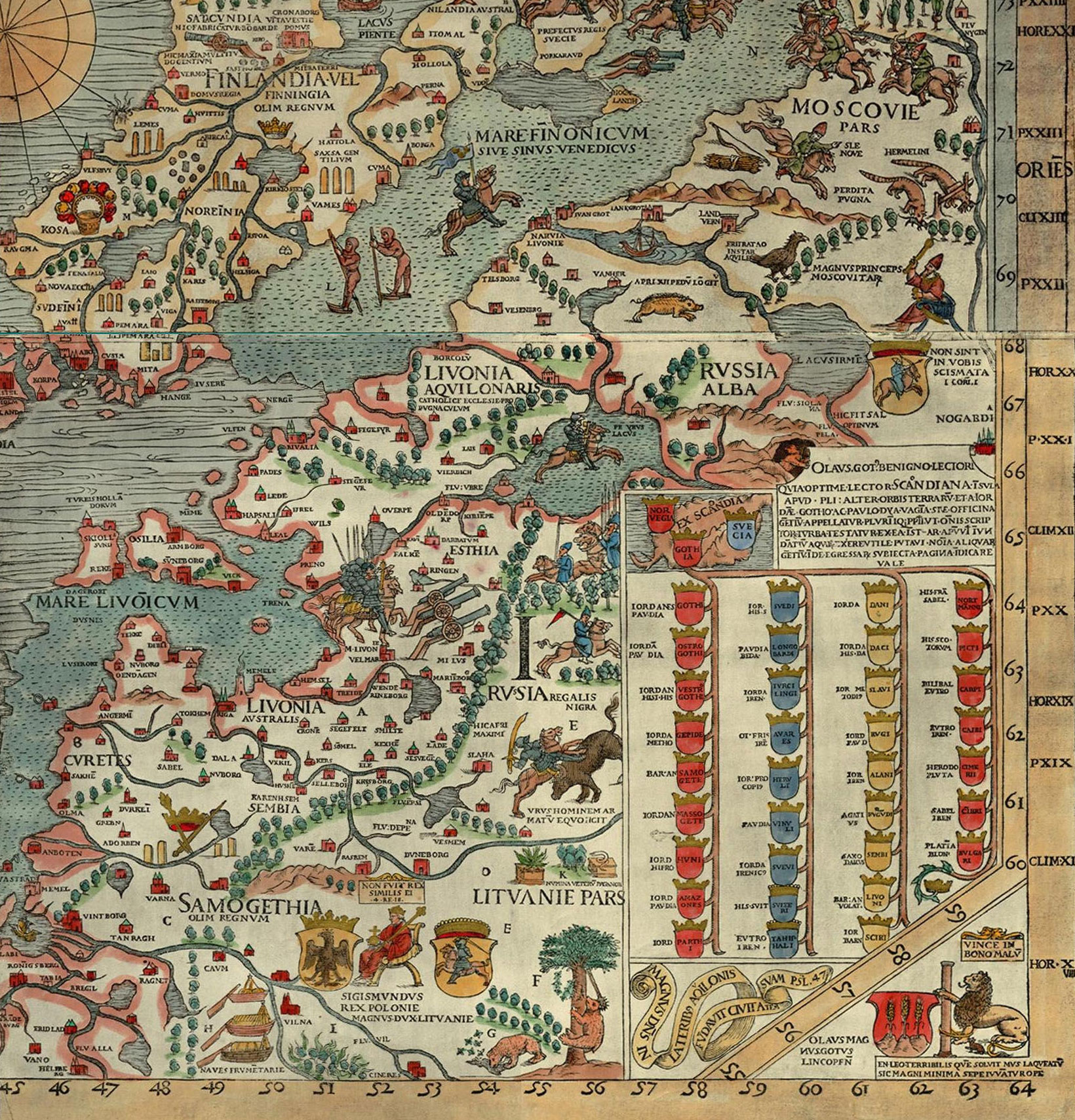|
Stanisław Kiszka (bishop)
Stanisław Kiszka (Belarusian: Stanіslaў Kіshka; 1584 – 13 February 1626 in Wornie, Polish–Lithuanian Commonwealth) was a Catholic bishop and a convert from Calvinism. He was a noble, member of the Kiszka family. Kiszka was born as the eldest son of a family of Vitebsk governor Stanisław Kiszka and Elżbieta Sapieha. He was brought up in the Calvinist faith, which was very common among the Lithuanian at this time. Kiszka studied at the University of Padua. In 1604 he married Zofia Konstancja Zenowicz. In 1606, together with his father not unexpectedly moved to the Catholic faith, but the marriage was soon annulled, then Kiszka was ordained to the priesthood. In 1608 became Fundator of a church in Dokshytsy. In 1619 he was consecrated bishop and appointed Bishop of Samogitia. Stanisław Kiszka died on 13 February 1626. Sources * Piotr Nitecki, Biskupi Kościoła w Polsce w latach 965–1999. Słownik biograficzny, Warszawa 2000. * T. Wasilewski, Stanisław Kiszka :Pol ... [...More Info...] [...Related Items...] OR: [Wikipedia] [Google] [Baidu] |
Polish Biographical Dictionary
''Polski Słownik Biograficzny'' (''PSB''; Polish Biographical Dictionary) is a Polish-language biographical dictionary, comprising an alphabetically arranged compilation of authoritative biographies of some 25,000 notable Poles and of foreigners who have been active in Poland – famous as well as less-well-known persons – from Popiel, Piast Kołodziej, and Mieszko I, at the dawn of Polish history, to persons who died in the year 2000. The ''Dictionary'', published incrementally since 1935, is a work in progress. It currently covers entries from A to S and its completion is expected about 2030. The PSB is, by its own assessment, "at present... one of the world's leading biographical publications." Outside Poland, it is available at the British Library, the Library of Congress, the Vatican Library, the Hoover Institution on War, Revolution and Peace, the University of California at Berkeley, Stanford University, the Getty Museum, and many other national and major research li ... [...More Info...] [...Related Items...] OR: [Wikipedia] [Google] [Baidu] |
Polish Nobility
The ''szlachta'' (; ; ) were the nobility, noble estate of the realm in the Kingdom of Poland, the Grand Duchy of Lithuania, and the Polish–Lithuanian Commonwealth. Depending on the definition, they were either a warrior "caste" or a social class, and they dominated those states by exercising szlachta's privileges, political rights and power. Szlachta as a class differed significantly from the Feudalism, feudal nobility of Western Europe. The estate was officially abolished in 1921 by the March Constitution (Poland), March Constitution."Szlachta. Szlachta w Polsce" ''Encyklopedia PWN'' The origins of the ''szlachta'' are obscure and the subject of several theories. The ''szlachta'' secured Golden Liberty, substantial and increasing political power and rights throughout its history, begin ... [...More Info...] [...Related Items...] OR: [Wikipedia] [Google] [Baidu] |
1626 Deaths
Events January–March * January 7 – Polish-Swedish War: Battle of Wallhof in Latvia – Gustavus Adolphus, King of Sweden, defeats a Polish army. * January 9 – Peter Minuit sails from Texel Island for America's New Netherland colony, with two ships of Dutch emigrants. * February 2 – King Charles I of England is crowned, but without his wife, Henrietta Maria, who declines to participate in a non-Catholic ceremony. * February 5 – The Huguenot rebels and the French government sign the Treaty of Paris, ending the second Huguenot rebellion. * February 10 – Battle of Ningyuan: In Xingcheng in China, after an 8-day battle, Ming dynasty commander Yuan Chonghuan defeats the much larger force of Manchu leader Nurhaci, who dies soon after and is succeeded by Huang Taiji. * February 11 – Emperor Susenyos of Ethiopia and Patriarch Afonso Mendes declare the primacy of the Roman See over the Ethiopian Church, and Roman Catholicism ... [...More Info...] [...Related Items...] OR: [Wikipedia] [Google] [Baidu] |
1584 Births
Events January–March * January 11 – Sir Walter Mildmay is given a royal licence to found Emmanuel College, Cambridge in England. * January 16 – Roman Catholic priest George Haydock, imprisoned in the Tower of London since 1582, states during an interrogation that he claimed that Queen Elizabeth, leader of the Church of England, was a heretic. Convicted of treason, he is executed on February 12. * February 2 – (6th waning moon of the Magha, BE 2126) In what is now Thailand, Prince Naresuan, the Uparaja of the Ayutthaya Kingdom and the son of King Mahathammarachathirat carries out the orders of Burma's King Nanda Bayin, and leads an army to suppress a rebellion by the Viceroy of the Ava Kingdom, Thado Minsaw. Arriving in April, Naresuan learns that King Nanda has ordered Naresuan to be assassinated, and begins his own rebellion against Burma, the Burmese–Siamese War.''Hmannan Yazawin'' (Ministry of Information of Myanmar, 2003) * February ... [...More Info...] [...Related Items...] OR: [Wikipedia] [Google] [Baidu] |
17th-century Roman Catholic Bishops In The Polish–Lithuanian Commonwealth
The 17th century lasted from January 1, 1601 (represented by the Roman numerals MDCI), to December 31, 1700 (MDCC). It falls into the early modern period of Europe and in that continent (whose impact on the world was increasing) was characterized by the Baroque cultural movement, the latter part of the Spanish Golden Age, the Dutch Golden Age, the French ''Grand Siècle'' dominated by Louis XIV, the Scientific Revolution, the world's first public company and megacorporation known as the Dutch East India Company, and according to some historians, the General Crisis. From the mid-17th century, European politics were increasingly dominated by the Kingdom of France of Louis XIV, where royal power was solidified domestically in the civil war of the Fronde. The semi-feudal territorial French nobility was weakened and subjugated to the power of an absolute monarchy through the reinvention of the Palace of Versailles from a hunting lodge to a gilded prison, in which a greatly expanded ro ... [...More Info...] [...Related Items...] OR: [Wikipedia] [Google] [Baidu] |
Converts To Roman Catholicism From Calvinism
Conversion or convert may refer to: Arts, entertainment, and media * ''The Convert'', a 2023 film produced by Jump Film & Television and Brouhaha Entertainment * "Conversion" (''Doctor Who'' audio), an episode of the audio drama ''Cyberman'' * "Conversion" (''Stargate Atlantis''), an episode of the television series ''Stargate Atlantis'' * "The Conversion" (''The Outer Limits''), a 1995 episode of the television series ''The Outer Limits'' * " Chapter 19: The Convert", an episode of the television series ''The Mandalorian'' Business and marketing * Conversion funnel, the path a consumer takes through the web toward or near a desired action or conversion * Conversion marketing, when a website's visitors take a desired action * Converting timber to commercial lumber Computing, science, and technology * Conversion of units, conversion between different units of measurement Computing and telecommunication * CHS conversion of data storage, mapping cylinder/head/sector tuples to ... [...More Info...] [...Related Items...] OR: [Wikipedia] [Google] [Baidu] |
Abraham Woyna
Abraham Woyna (Wojna; ) (1569–1649) was a Roman Catholic priest and auxiliary bishop of Vilnius (1611–1626), bishop of Samogitia (1626–1631) and then bishop of Vilnius (1631–1649). His term in office was marked by the rise of Calvinism in the Polish–Lithuanian Commonwealth, to which he was actively opposed. Bishop of Vilnius Among his achievements was the foundation of the monasteries of the Discalced Carmelites and the Brothers Hospitallers of St. John of God, Good Friars in Vilna (modern Vilnius, Lithuania), the latter of which also opened up a hospital and a pharmacy nearby. Two Synod, synods were held in the Vilnius diocese while Woyna was bishop, in 1631 and 1635; in 1633, Woyna ordered the compilation of the resolutions of various prior synods, titled "Constitutiones Synodorum dioecesis Vilnensis diversis temporibus celebratarum Jussu". The previous bishop, Eustachy Wołłowicz, had supported the church authorities' decision to transfer the church built by Piotr K ... [...More Info...] [...Related Items...] OR: [Wikipedia] [Google] [Baidu] |
Mikołaj Pac
Mikołaj is the Polish cognate of given name Nicholas, used both as a given name and a surname. It may refer to people: In Polish (or Polish-Lithuanian) nobility: * Mikołaj Kamieniecki, Polish nobleman and the first Grand Hetman of the Crown * Mikołaj Krzysztof "the Orphan" Radziwiłł, Polish-Lithuanian lord * Mikołaj Mielecki, Polish nobleman and politician * Mikołaj Ostroróg, Polish nobleman * Mikołaj Potocki, member of the Polish nobility, magnate, and the Field Hetman of the Crown * Mikołaj "the Black" Radziwiłł, noble of the Grand Duchy of Lithuania, Palatine of Vilnius, and Grand Chancellor of Lithuania * Mikołaj "the Red" Radziwiłł, Polish-Lithuanian lord, Palatine of Vilnius, Grand Chancellor, and Grand Hetman of Lithuania * Mikołaj VII Radziwiłł, Polish-Lithuanian lord, and Lord Grand Chamberlain of Lithuania * Mikołaj Sienicki, notable member of the landed nobility of the Kingdom of Poland * Mikołaj Szyszkowski, bishop of Warmia from 1633 until his de ... [...More Info...] [...Related Items...] OR: [Wikipedia] [Google] [Baidu] |
Bishop Of Samogitia
A bishop is an ordained member of the clergy who is entrusted with a position of authority and oversight in a religious institution. In Christianity, bishops are normally responsible for the governance and administration of dioceses. The role or office of the bishop is called episcopacy or the episcopate. Organisationally, several Christian denominations utilise ecclesiastical structures that call for the position of bishops, while other denominations have dispensed with this office, seeing it as a symbol of power. Bishops have also exercised political authority within their dioceses. Traditionally, bishops claim apostolic succession, a direct historical lineage dating back to the original Twelve Apostles or Saint Paul. The bishops are by doctrine understood as those who possess the full priesthood given by Jesus Christ, and therefore may ordain other clergy, including other bishops. A person ordained as a deacon, priest (i.e. presbyter), and then bishop is understood to hold ... [...More Info...] [...Related Items...] OR: [Wikipedia] [Google] [Baidu] |
Wornie
Varniai (; Samogitian: ''Varnē'') is a city in the Telšiai County, western Lithuania. In the Middle Ages the city was known as Medininkai ( Samogitian: ''Medėninkā''). Etymology ''Medininkai'' or ''Medenike'' was first mentioned in 1320. This town existed until the end of the 16th century, when the town of ''Varniai'' was founded in the 15th century north of Medininkai, on the left bank of the Varnelė river. The latter name is derived from the Varnelė River, which flows through the town. As early as 1904, Vaižgantas mentions its name as ''Varnė''. In other languages the town is known by: , . In 1491, the Kulm law was granted to Medininkai, and in 1635, the Magdeburg rights were granted to the renamed Varniai. Eventually, the name of Medininkai disappeared from common usage altogether. History Town established in the 14th century, on the bank of the Varnelė River, near an important Samogitian castle. It was the center of the Samogitian Catholic church: after the b ... [...More Info...] [...Related Items...] OR: [Wikipedia] [Google] [Baidu] |
Dokshytsy
Dokshytsy (; ; ; ) is a town in Vitebsk Region, Belarus. It serves as the administrative center of Dokshytsy District. It is located approximately southwest of Vitebsk and one kilometer from the source of the Berezina, Berezina River. Its population in 2010 was 6,600. As of 2024, it has a population of 6,696. The town has a significant Chassidic history. History The town is first mentioned in a document of Grand Duke Vytautas dated 1407 which refers to tributaries called ''doxyczahe''. Within the Grand Duchy of Lithuania, Dokshytsy was part of Minsk Voivodeship. In 1793, Dokshitsy was acquired by the Russian Empire as a result of the Second Partition of Poland and incorporated into the Minsk Governorate; in 1795 it was briefly made a city before losing a portion of its territory and reverting to village status two years later. During the French invasion of Russia, War of 1812 it was overrun and destroyed by the French. In 1897 the population was 2,762 which by 1925 had grown to ... [...More Info...] [...Related Items...] OR: [Wikipedia] [Google] [Baidu] |




